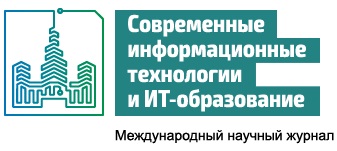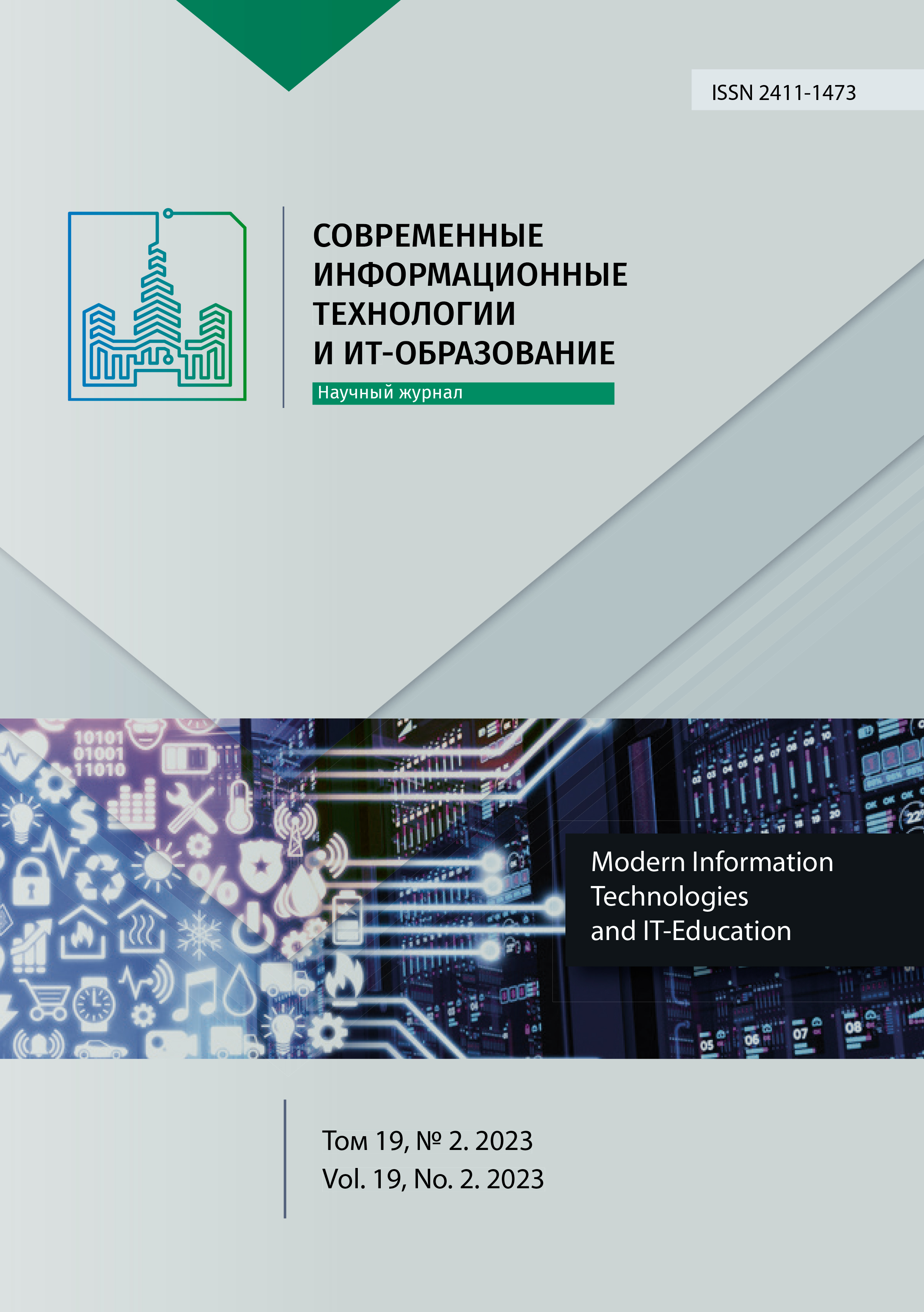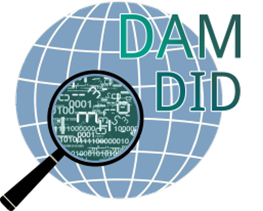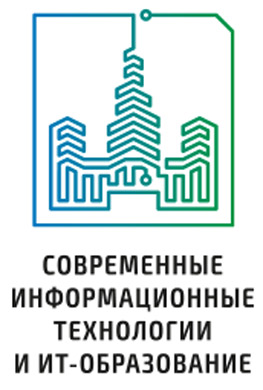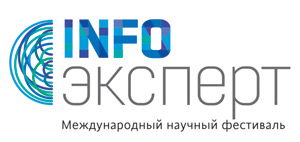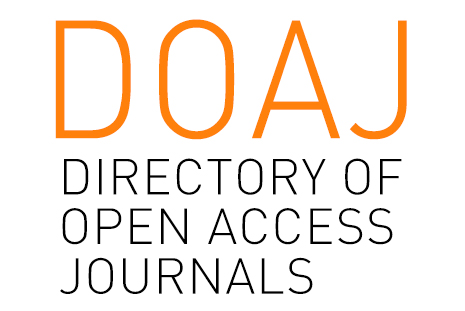Обеспечение безопасности корпоративных сетей на основе оборудования D-Link
Аннотация
На общем фоне атак на корпоративные инфокоммуникации значительную их часть занимают попытки нарушения целостности и доступности информации путем дестабилизации сетевой инфраструктуры. Поскольку злонамеренные действия в этом направлении могут происходить на разных уровнях модели OSI и исходят в основном от «внутренних» нарушителей, в статье делается акцент на комплексное применение функционала обеспечения безопасности сетевой инфраструктуры, встроенного в программное обеспечение активного сетевого оборудования компании D-Link.
В работе дана характеристика компонентов функционала безопасности сетевой инфраструктуры и их позиционирование с точки зрения целесообразности использования на уровнях иерархии сети. Функции безопасности уровня магистрали обеспечиваются средствами повышения отказоустойчивости сети при обрывах кабелей, разграничения и фильтрации трафика по различным критериям, защитой коммутаторов от несанкционированного доступа и их ЦПУ, контролем подключения сетевых узлов на основе анализа их связок IP/MAC/порт и их аутентификация на основе портов подключения и МАС-адресов.
Средства безопасности уровня шлюза представлены новой линейкой сервисных маршрутизаторов для сектора SMB с отечественным программным обеспечением, что гарантирует независимость от зарубежных разработчиков и своевременное развитие их функционала в соответствии с тенденциями отрасли. Данные устройства совмещают в себе функции маршрутизатора, межсетевого экрана, настраиваемого коммутатора и сервера ряда сетевых протоколов. Новая функция маршрутизаторов по блокировке рекламы позволяет эффективно блокировать рекламные объявления, возникающие при просмотре web-страниц. Сервисные маршрутизаторы D-Link поддерживают работу с российским сервисом контентной фильтрации SkyDNS, который предлагает дополнительные возможности для организации безопасной работы в Интернет.
Литература
2. Gunduz M.Z., Das R. Cyber-security on smart grid: threats and potential solutions. Computer Networks. 2020;169:107094. https://doi.org/10.1016/j.comnet.2019.107094
3. Kaur J., Ramkumar K.R. The recent trends in cyber security: a review. Journal of King Saud University Computer and Information Sciences. 2022;34(8)B:5766-5781. https://doi.org/10.1016/j.jksuci.2021.01.018
4. Tonge A.M. Cyber security: challenges for society literature review. IOSR Journal of Computer Engineering. 2013;12(2):67-75. https://doi.org/10.9790/0661-1226775
5. Rodosek G.D., Golling M. Cyber Security: Challenges and Application Areas. In: Essig M., Hülsmann M., Kern E.M., Klein-Schmeink S. (eds.) Supply Chain Safety Management. Lecture Notes in Logistics. Berlin, Heidelberg: Springer; 2013. p. 179-197. https://doi.org/10.1007/978-3-642-32021-7_11
6. Giannaros A., Karras A., Theodorakopoulos L., Karras C., Kranias P., Schizas N., Kalogeratos G., Tsolis D. Autonomous Vehicles: Sophisticated Attacks, Safety Issues, Challenges, Open Topics, Blockchain, and Future Directions. Journal of Cybersecurity and Privacy. 2023;3(3):493-543. https://doi.org/10.3390/jcp3030025
7. Borky J.M., Bradley T.H. Protecting Information with Cybersecurity. In: Effective Model-Based Systems Engineering. Cham: Springer; 2019. p. 345-404. https://doi.org/10.1007/978-3-319-95669-5_10
8. Al-Hamami A.H., Al-Saadoon G.M. Security Concepts, Developments, and Future Trends. In: Al-Hamami A.H., Al-Saadoon G.M. (eds.) Handbook of Research on Threat Detection and Countermeasures in Network Security. Hershey, PA: IGI Global, 2015. p. 1-16. https://doi.org/10.4018/978-1-4666-6583-5.ch001
9. Li Y., Liu Q. A comprehensive review study of cyber-attacks and cyber security; Emerging trends and recent developments. Energy Reports. 2021;7:8176-8186. https://doi.org/10.1016/j.egyr.2021.08.126
10. Tariq U., Ahmed I., Bashir A.K., Shaukat K. A Critical Cybersecurity Analysis and Future Research Directions for the Internet of Things: A Comprehensive Review. Sensors. 2023;23(8):4117. https://doi.org/10.3390/s23084117
11. Aghmadi A., Hussein H., Polara K.H., Mohammed O. A Comprehensive Review of Architecture, Communication, and Cybersecurity in Networked Microgrid Systems. Inventions. 2023;8(4):84. https://doi.org/10.3390/inventions8040084
12. Funmilola A., Oluwafemi A. Review of Computer Network Security System. Network and Complex Systems. 2015;5(5):40-46. Available at: https://iiste.org/Journals/index.php/NCS/article/view/22825 (accessed 07.02.2023).
13. Ahmad Z., Khan A.S., Shiang C.W., Abdullah J., Ahmad F. Network intrusion detection system: A systematic study of machine learning and deep learning approaches. Transactions on Emerging Telecommunications Technologies. 2021;32(1):e4150. https://doi.org/10.1002/ett.4150
14. Ding P.Q., Holliday J.N., Celik A. Improving the security of wireless LANs by managing 802.1x disassociation. In: First IEEE Consumer Communications and Networking Conference, CCNC 2004. Las Vegas, NV, USA; 2004. p. 53-58. https://doi.org/10.1109/CCNC.2004.1286832
15. Protect the Data. Ch. 6. In: Andress J., Leary M. (eds.) Building a Practical Information Security Program. Syngress;2017. p. 103-123. https://doi.org/10.1016/B978-0-12-802042-5.00007-X
16. Aslan Ö., Aktuğ S.S., Ozkan-Okay M., Yilmaz A.A., Akin E. A Comprehensive Review of Cyber Security Vulnerabilities, Threats, Attacks, and Solutions. Electronics. 2023;12(6):1333. https://doi.org/10.3390/electronics12061333
17. Mavrommatis K. Confronting and intrusion detection techniques of cyber-attacks in wired and wireless communication networks. In: Proceedings of the 26th Pan-Hellenic Conference on Informatics (PCI '22). New York, NY, USA: Association for Computing Machinery; 2023. p. 290-295. https://doi.org/10.1145/3575879.3576007
18. Girdler T., Vassilakis V.G. Implementing an intrusion detection and prevention system using Software-Defined Networking: Defending against ARP spoofing attacks and Blacklisted MAC Addresses. Computers & Electrical Engineering. 2021;90:106990. https://doi.org/10.1016/j.compeleceng.2021.106990
19. Frustration Strategies: Technical Controls. Ch. 5. In: Shimeall T.J., Spring J.M. (eds.) Introduction to Information Security: A Strategic-Based Approach. Syngress; 2014. p. 83-106. https://doi.org/10.1016/B978-1-59749-969-9.00005-5
20. Abu Bakar R., Kijsirikul B. Enhancing Network Visibility and Security with Advanced Port Scanning Techniques. Sensors. 2023;23(17): 7541. https://doi.org/10.3390/s23177541
21. Ryoo J.-d., Long H., Yang Y., Holness M., Ahmad Z., Rhee J.K. Ethernet ring protection for carrier ethernet networks. IEEE Communications Magazine. 2008;46(9):136-143. https://doi.org/10.1109/MCOM.2008.4623718
22. Nakayama Y., Sezaki K. Per-Flow Throughput Fairness in Ring Aggregation Network with Multiple Edge Routers. Big Data and Cognitive Computing. 2018;2(3):17. https://doi.org/10.3390/bdcc2030017
23. Matusa R., Butkus L., Krilavičius T., Man K.L., Liang H. Improving the teaching of Computer Networks through the incorporation of industry based training courses. In: Proceedings of 2013 IEEE International Conference on Teaching, Assessment and Learning for Engineering (TALE). Bali, Indonesia: IEEE Computer Society; 2013. p. 325-328. https://doi.org/10.1109/TALE.2013.6654454
24. Zakharov P.A., Romasevich P.V., Smirnova E.V., Shibanov V.A. D-Link Comprehensive Training Solution for Networking Professionals. Modern Information Technologies and IT-Education. 2020;16(3):776-787. (In Russ., abstract in Eng.) https://doi.org/10.25559/SITITO.16.202003.776-787
25. Zakharov P.A., Romasevich P.V., Smirnova E.V. D-Link Solutions for Modern Computer Networks and Specialists Education in the Sphere of Network Technologies. Modern Information Technologies and IT-Education. 2019;15(4):894-904. (In Russ., abstract in Eng.) https://doi.org/10.25559/SITITO.15.201904.894-904

Это произведение доступно по лицензии Creative Commons «Attribution» («Атрибуция») 4.0 Всемирная.
Редакционная политика журнала основывается на традиционных этических принципах российской научной периодики и строится с учетом этических норм работы редакторов и издателей, закрепленных в Кодексе поведения и руководящих принципах наилучшей практики для редактора журнала (Code of Conduct and Best Practice Guidelines for Journal Editors) и Кодексе поведения для издателя журнала (Code of Conduct for Journal Publishers), разработанных Комитетом по публикационной этике - Committee on Publication Ethics (COPE). В процессе издательской деятельности редколлегия журнала руководствуется международными правилами охраны авторского права, нормами действующего законодательства РФ, международными издательскими стандартами и обязательной ссылке на первоисточник.
Журнал позволяет авторам сохранять авторское право без ограничений. Журнал позволяет авторам сохранить права на публикацию без ограничений.
Издательская политика в области авторского права и архивирования определяются «зеленым цветом» в базе данных SHERPA/RoMEO.
Все статьи распространяются на условиях лицензии Creative Commons «Attribution» («Атрибуция») 4.0 Всемирная, которая позволяет другим использовать, распространять, дополнять эту работу с обязательной ссылкой на оригинальную работу и публикацию в этом журналe.
